Journal # 6 - Launching from our Limits
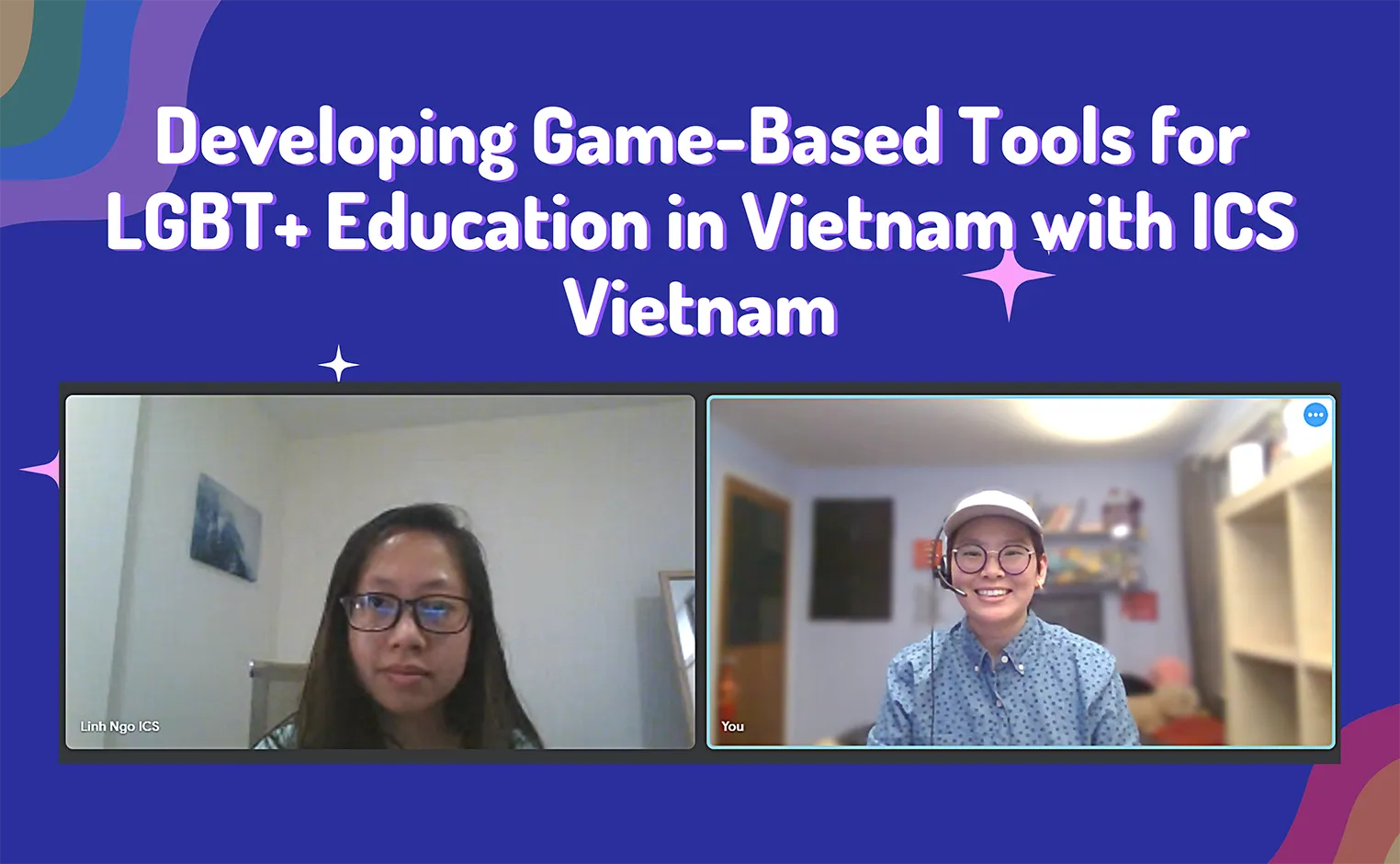
A screenshot of my last meeting with my mentor to commemorate this internship experience!
Photo credit: Chris Stone '23 (Vietnam-virtual, SIT, summer 2021)
Howdy folx!
My SIT Vietnam experience is now over! As the program concluded, I had an offboarding meeting with my mentor to reflect on our program experience and presented on the work I did in my program to my peers and the other worksite supervisors. One of the biggest challenges to implementing gamification is understanding how to make information accessible and resilient both online and offline. There may be efficient high-tech innovations that are disrupting the gamification industry by the day but they may not be as accessible as less efficient low-tech infrastructure that already exists. This consideration is extremely critical because people often do not realize how disproportionate digital access is in countries like Vietnam or Burma, or even within the US. Another concern is the amount of waste and ecological damage that is produced by constantly pushing systems to use new infrastructure despite the consequences of extracting the materials and decommissioning them. This research required me to work with ICS members to understand what the digital literacy and infrastructure was available to their community and think abundantly about a lightweight platform that can sustain the needs of the community even while computing within limits. We also have to make sure that in using these tools for voluntary game-based education, the content is culturally informed to the community’s perceptions of playfulness.
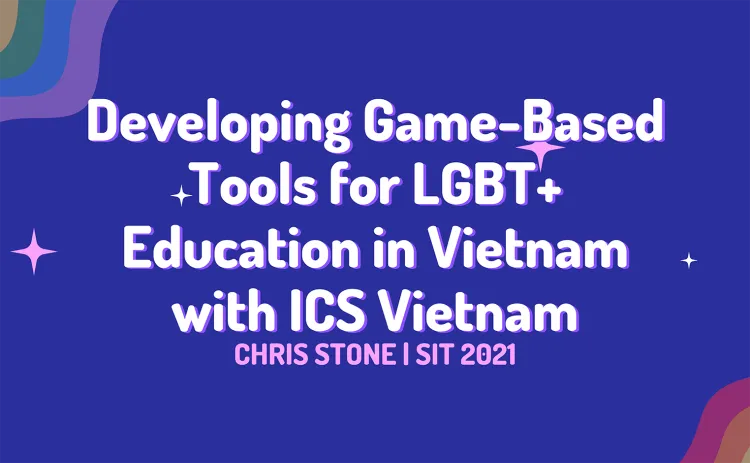
The cover of my final presentation slide deck Photo credit: Chris Stone '23 (Vietnam-virtual, SIT, summer 2021)
Instead of being in the office for a 9-5, there are boundaries that you have to set for yourself when working remotely. As someone interested in developing my personal cadences and workflow, this is something that works well for me. However, the 11-hour time difference did pose a challenge for the kind of work I could participate in, such as not being able to participate in organizational meetings or workshops. I found myself wanting to specifically do facilitation work again, to interact with all kinds of different people and work through difficult topics or explore new concepts together. I had no idea how much I really enjoyed that work until it stopped being a part of my responsibilities. I’d been pondering what that might look like in the future for me as an engineer when I learned about the integrative project approach while studying for my LEED Green Associates Exam. In this process, sustainable building team members come together to discuss goals and strategies through “charrettes”, as opposed to the traditional building project approach where each team member decides things separately and passes off their work to another team member to deal with once their responsibilities in a specific phase are over. It’s pretty cool to hear that more teams are adopting this approach.
We ended the program with a small session just for the students in the cohort to discuss what we had learned, how we had grown, and reflections we had. Even though I chatted a bit with some of the students outside of class, we all agreed that we wished that we had a chance to spend more time together as a cohort. I hope to stay in contact with my classmates and my mentor in the future. We had many cross-cultural conversations not only about the theory and current events related to the topics of the program, development and gender, but also about films and podcasts. My mentor is even thinking about having a podcast as a future project!
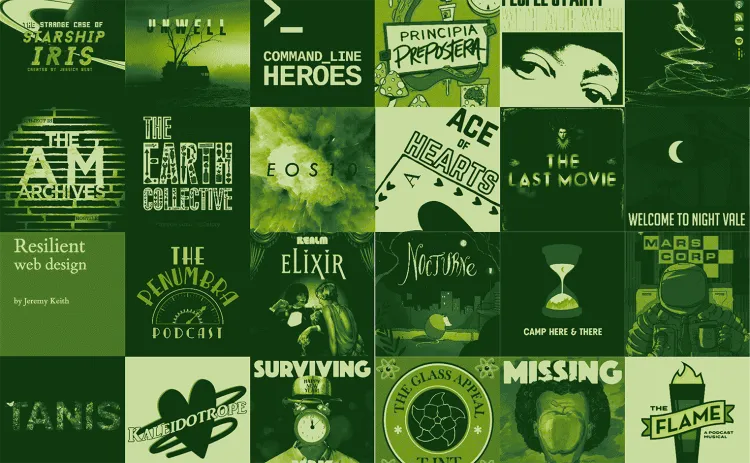
All the podcasts I listened to this summer Photo credit: Chris Stone '23 (Vietnam-virtual, SIT, summer 2021)
The core of my summer was the act of journaling for 48 days straight. The director of the program mentioned during the reflection session that this is something that they usually ask students to do during the full-length program in Vietnam. These daily journal entries have been helpful when coming back to these weekly journals. I used to avoid journaling because I was afraid to spend time on things that weren’t related to work or because I didn’t want to confront the reality of what was going on. Journaling seemed like an outlet that would only make me spend more time overthinking. Now, I look forward to the time I can spend journaling. I think it’s more important than overworking myself with tasks without processing them or just leaving them jumbled in my head. It’s given me a much stronger appreciation for the world around me and space to think about how my internship experience relates to other moments in my life. I can act much more decisively after giving myself a chance to process my thoughts. Journaling has become an essential part of my research process and workflow that I think is often not given a lot of credit, especially since so much of it happens behind the scenes.
My daily journals were structured around these questions:
- Gains: What did I accomplish today? What did I achieve today?
- Goals: What do I want to accomplish tomorrow? What do I want to achieve tomorrow?
- Glows: What went well today? What am I grateful for?
- Grows: What did I learn today that I want to learn more about? What can be improved?
Each journal entry would be linked to other journal entries using the internal links to connect concepts together. Right now, every note in my Obsidian vault is connected to at least one other note. Linking my notes helps me keep track of the ideas or concepts that I refer to often. This improves my ability to think about and recall concepts across disciplines. My journals are anywhere from 250-2000 words, averaging 800 words or so, with one photo or graphic I designed for a visual component. My average journal time was at 9:00 PM, after which I would check off my journal for the day and anything else I accomplished during the night would be deferred to the next day’s journal. I don’t set a timer on my journals and found I enjoyed adding to the journal a bit each day as it felt natural more than setting a firm time with it. I found myself more likely to refer to my journal than my actual daily planner. I shared my journals with a small group of other daily journaling folx online which made me think more about what it meant to learn publicly. If you’re working on an internship, I definitely recommend trying to use that as a frame to start journaling. This has really got me thinking about what I would want my life to look like once I’ve graduated and I can see journaling continuing to be a part of that.
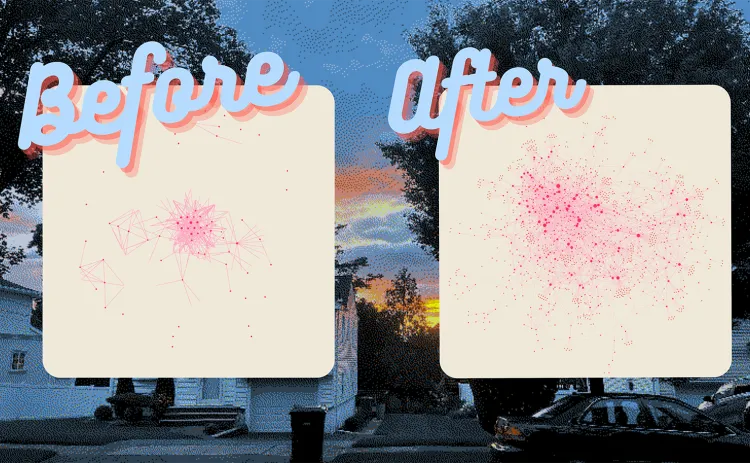
My Obsidian Vault before and after the program! Photo credit: Chris Stone '23 (Vietnam-virtual, SIT, summer 2021)
This summer, I learned about game-based tools to help others share their stories while journaling to learn more about how I want to share my own story. I also learned Vietnamese culture from a brand new perspective and through valuable friendships. This internship helped me grow as a multidisciplinary researcher and as an individual.
As I sign off on this final journal, I thank the Benjamin A. Gilman International Scholarship once again for the financial support that gave me the mobility to participate in this experience. I also thank the President’s Sustainability Research Fellowship for the skills that helped guide my work when confronted with a task where we need to unite stakeholders together for a common goal and build a shared understanding of what that goal is. Last but not least, I thank Lotte Buiting, Associate Director for Off-Campus Study for helping me publish these journals. These journals served as space to both share with you what it’s like to work on my international internship experience and provide a peek into what it’s like being a Swarthmore student during quarantine. Lotte is the reason this journal can get from me to you, reader. And maybe reader, I’ll see you on campus in a few weeks too!
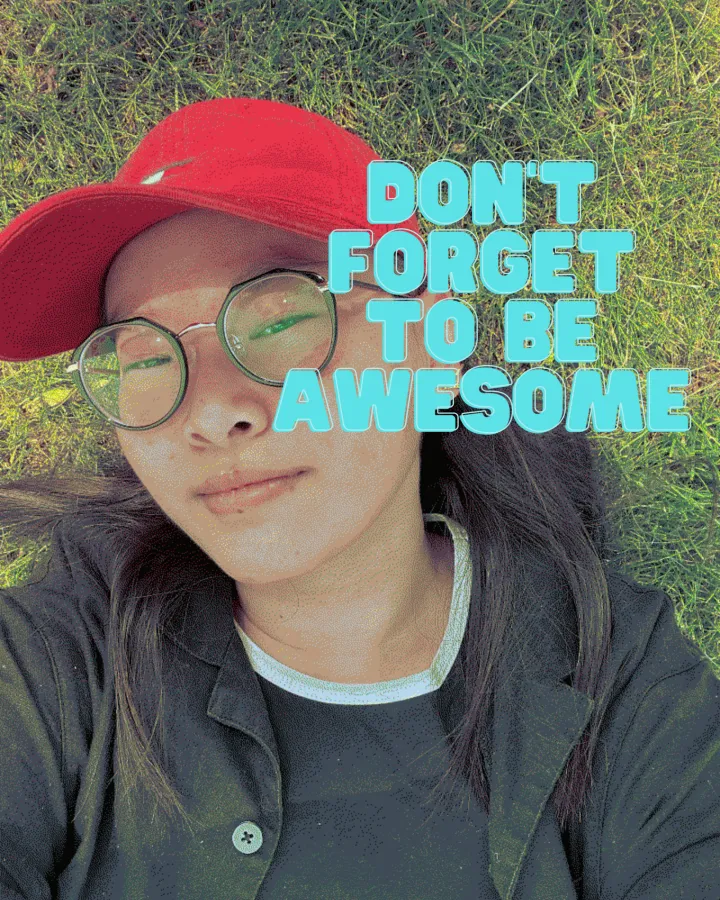
DFTBA! Photo credit: Chris Stone '23 (Vietnam-virtual, SIT, summer 2021)



